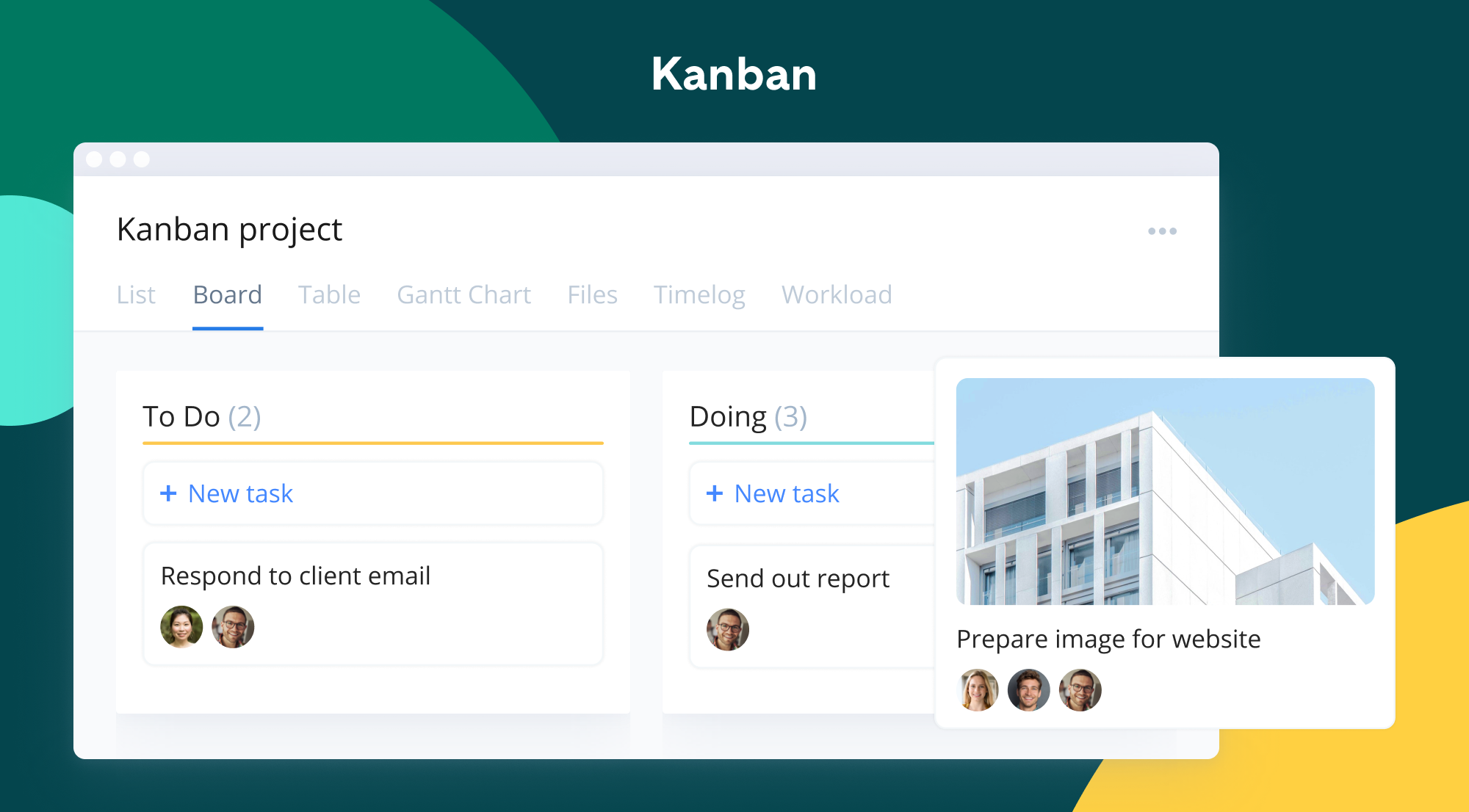

Unclaimed: Are are working at Wrike ?
Wrike Reviews & Product Details
Harping on its versatility, Wrike is a project management software that features highly customizable dashboards and workflows and team-specific automation to give businesses a project platform that adapts to their current ways of working and not the other way around. Wrike’s functionalities involving over 400 tools revolve around giving a 360-degree view of projects, true interdepartmental collaboration, approvals acceleration, smarter data use, efficient workload management, and enterprise-grade security. Wrike has more than 30 well-documented use cases involving more than 15 departments and teams. Wrike also has a proprietary AI-powered capability called Work Intelligence that catalyzes results through smart automation and project risk prediction.

( 1 )
| Capabilities |
|
|---|---|
| Segment |
|
| Deployment | Cloud / SaaS / Web-Based, Desktop Mac, Desktop Windows, Mobile Android, Mobile iPad, Mobile iPhone |
| Support | 24/7 (Live rep), Chat, Email/Help Desk, FAQs/Forum, Knowledge Base, Phone Support |
| Training | Documentation |
| Languages | English |
Wrike Pros and Cons
- Easy to use Gantt charts
- Customizable dashboard and schedule
- Comprehensive reports and insights
- Time-tracking tools included
- Excellent customer service
- A little pricey
- Can be difficult to get used to at first
- Frequent reports of unresponsive support
- Recorded incidents of unreliable software functionality








Wrike is a great software for when you have a small-medium budget, but one needs a robust solution. We keep track of projects and tasks with the general status and custom fields. We can even review PDFs in the proofer, which makes sure the job has the history in one central location. The reporting is superb. One can extract data from even the custom fields. It is a super powerful tool in an intuitive package.
Our team over in China reports slowness with the software, but they often report slowness with US websites so I'm not sure if this is a widespread concern.
We have so many tasks and Wrike allows us to see everything at a glance. It also allows us to have a thorough history of a job in one spot. We love that we can even proof documents right in Wrike.
Wrike provides the best collaboration across teams. Sharing, following and cross-tagging are great features that allow users to be able to access items in various ways. I also love how you can personalize your Wrike to fit your needs. All the information may be the same, but how that information is viewed can be different for every person.
Sometimes the platform can be glitchy, and/or slow. Wrike is constantly updating the platform and that can be troublesome, especially when dealing with users that do not like change.
Wrike allows team members to know what's happening with a project or task without utilizing outside tools such as email and chat software. It also allows individuals outside of Wrike to collaborate when needed. The amount of emails, chat messages and confusion around projects has been eliminated with the use of Wrike.
There are many features to help with project management. It makes it easy to collaborate with your team, especially if you are a remote company. There are many features to keep you and your team on track.
They recently went to a new platform experience which I don't personally care for as much as the older experience. They removed the simple feature to filter and it makes it a little more difficult to navigate.
I think the biggest problem that Wrike has helped us solve is effort versus production hours. It helps us to track how much time should be spend on a project versus the time that's actually spent. This helps us ensure that we are charging appropriately for our customers.
I love how Wrike keeps me accountable for my work and is a great system for me to make sure I can check off everything I need to do.
It can be a bit confusing based on how departments want their systems set up. If our work is different, I may not be able to use their ideas and it won't help me in the long run.
It is helping me make sure all of my work is documented and easy to find. It helps me stay organized and I am able to finish all my work in a timely manner.
Love how easy it is to use the system. i can assign one task to many users and add subtasks to one user.
Security. you have to pay more for basic security features
Helps me create a process where i have one central place to track my projects and tasks
I love that Wrike allows me to collaborate seamlessly with my team. I can easily tag them to have a look at something, or pass a project off to them entirely. I can also privately message them.
I wish I could get notifications at a specific time, i.e. during work hours only. It's either always on or always off. I don't want notifications on the weekend!
I actually haven't encountered any "problems" while using Wrike. Even the scheduled downtimes take place outside of work hours, so those have not affected my workflow.
The Wrike platform offers the flexibility to tailor projects and spaces according to the unique needs of important stakeholders.
The request forms can get lost, and have limited customization as compared to a google or smart sheet request form. Sometimes the system and task take a long time to load.
Better project tracking and overall project portfolio management. Better internal collaboration, and reduction of email communication for project updates.
Of all the project management tools that I have used, Wrike is by far the best. They have so many useful tools built right into the platform, as well as integration options available to enhance your team's efficiency. The tool is very intuitive and really allows you to customize your processes to your team. I have used Wrike across multiple organizations, and although there are many things done similarly, I was able to fully customize the way the teams I supported worked from group to group based on their specific needs.
Because Wrike is such an advanced and customizable tool, it can be difficult for some team members to get a grasp of. Expansive training and support materials for your organization's instance of Wrike is key.
Our ability to work together on projects and tasks effectively as a team. Everyone has access to the program at all times, so whatever level you are, from coordinator to vice president, they are able to check in and see progress.
There are a lot of platforms out there that help track projects for an individual or a small group. What Wrike has done for us that is key is enable us to build multi-team workflows and managed projects across multiple business lines
Reporting and dashboard features are very robust but there are a couple gaps that have been a problem for me.
Biggest benefit for us has been the ability to capture all the information we need to complete a complex project at creation and work collaboratively between business lines.
Task management, Alerts, the ease of use with the ghant charts. Wrike makes it easy to wash rinse and repeat with similar projects always kicking off, you can start a net new one from a template and make custom edits. From here it's really easy to change dates that effectively change the entire project so it's easy to see where a risk is going to be associated.
It lacks certain features, that to the end-user seem like they should have been a part of the build. You can read about some nice features in the community, but it seems as though the release schedule is somewhat slow.
It is helping our team ensure that task get done in a timely manner by the appropriate party, and when dates need to move, it makes it easy to move phases of projects that could have an impact on delivery